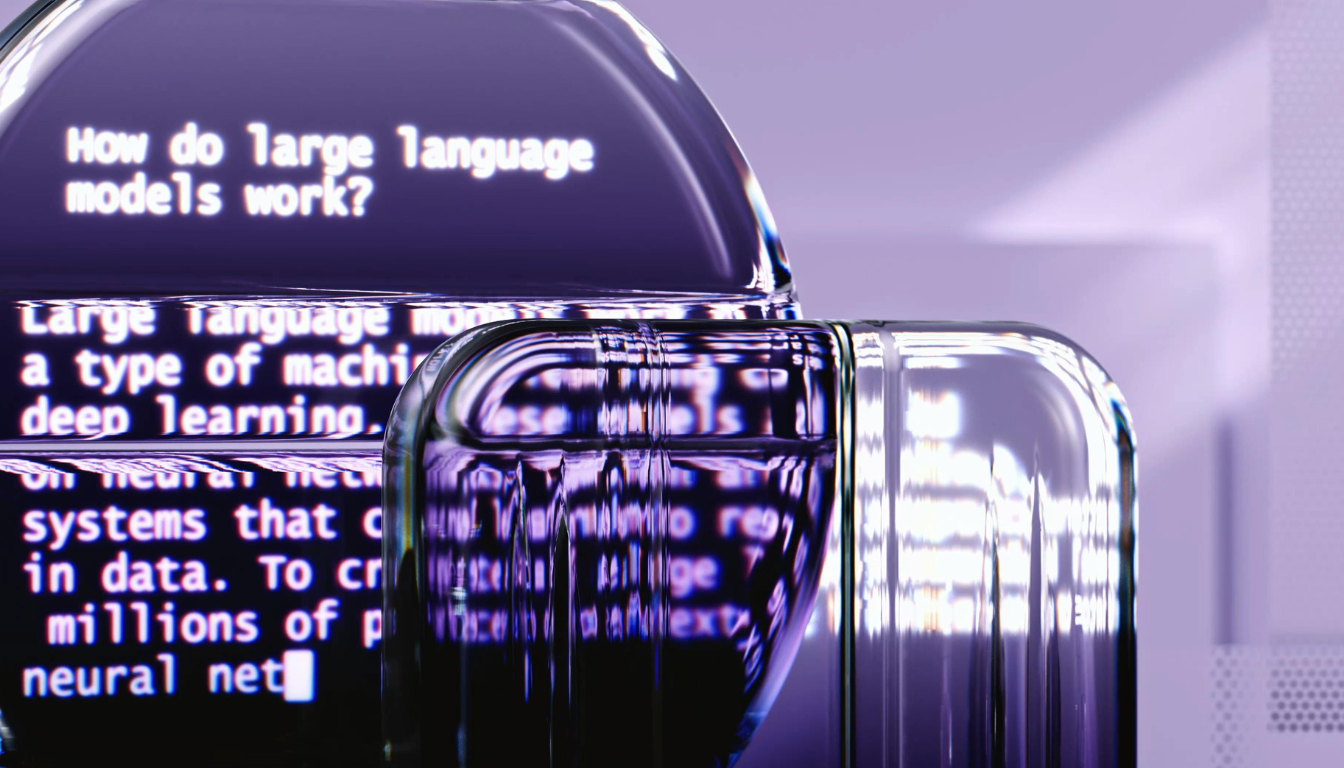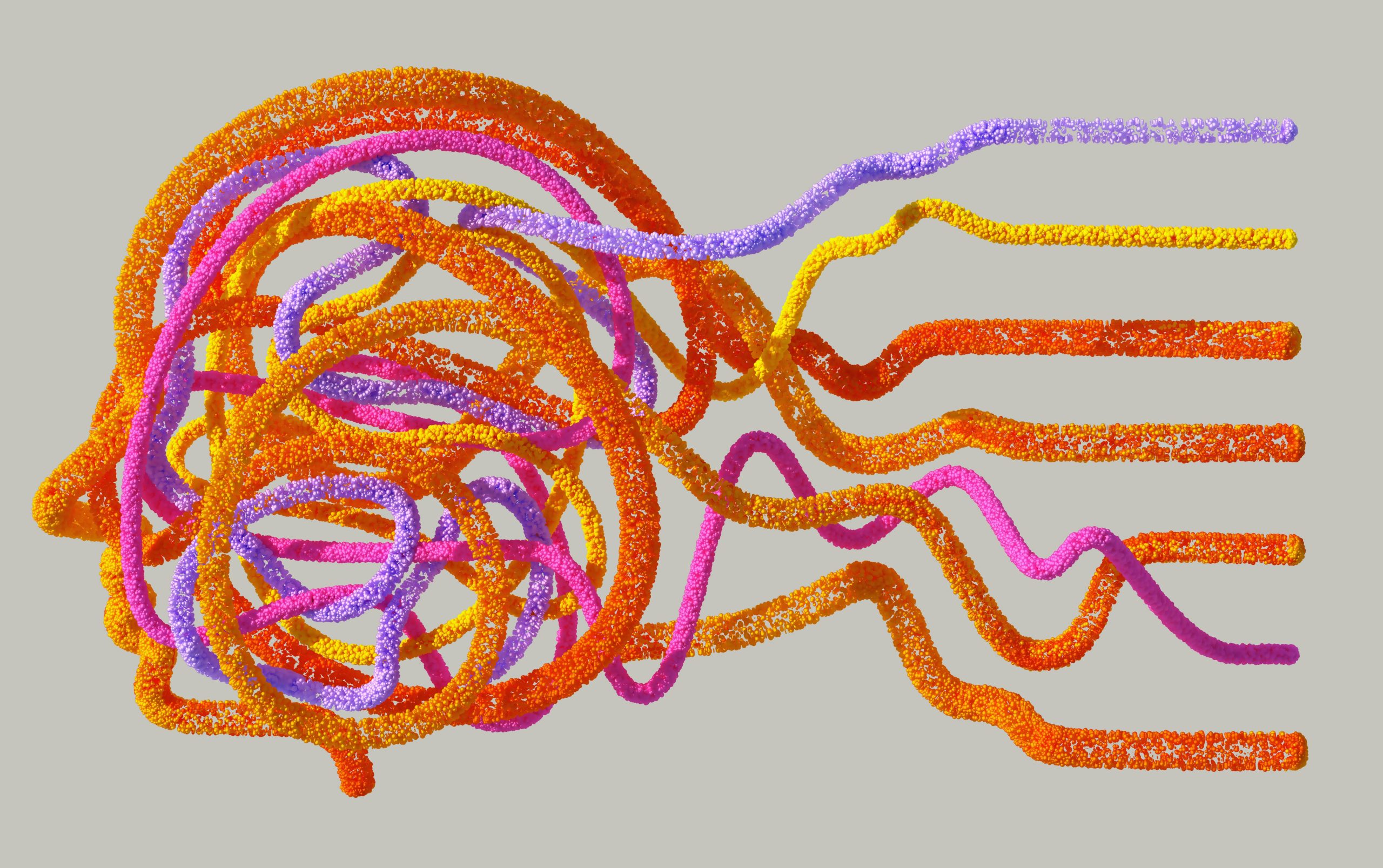We know that Artificial Intelligence (AI) is transforming industries and reshaping how we interact with technology and devices but what are LLMs? What role do they have in AI? Among the most impactful innovations in AI are Large Language Models (LLMs), like OpenAI’s ChatGPT, which have revolutionized tasks ranging from natural language processing to creative writing. In this article, we’ll explore what LLMs are, how they work, their evolution, real-world applications, and the ethical challenges they present.
What Are Large Language Models (LLMs)?
LLMs are advanced AI systems based on neural networks designed to understand and generate human-like text. Unlike traditional programming, which relies on explicit instructions, LLMs learn from massive datasets of text. They are trained using books, articles, web pages, and other textual data sources, enabling them to process language in ways that mimic human communication.
The core of an LLM is its neural network, a structure modeled after the human brain. These networks use layers of algorithms to detect patterns in data and make predictions. Unlike earlier systems that relied on predefined rules, LLMs leverage machine learning to infer meaning and context from examples.
How Do LLMs Differ from Traditional Programming?
Traditional programming operates on rule-based logic, where specific inputs lead to predefined outputs. For example, if a program is asked to identify letters in an image, a developer would need to hard-code rules for every possible variation of each letter. This approach becomes unwieldy when dealing with complex or inconsistent inputs, such as handwritten characters.
LLMs, by contrast, are trained on examples rather than explicit rules. For instance, an LLM tasked with recognizing handwritten letters would analyze thousands of examples, learning to generalize patterns and infer context. This flexibility makes them far more adaptable and scalable than traditional systems.
Key Components of LLMs
The functioning of LLMs involves several crucial steps:
- Tokenization: The model divides text into smaller units called tokens. Tokens might represent entire words, parts of words, or even characters, depending on the model. This step allows the model to process language at a granular level.
- Embeddings: Tokens are converted into numerical vectors, representing their semantic meaning and relationship to other tokens. This numerical representation enables the model to understand context and make predictions.
- Transformers: The core architecture of most modern LLMs, transformers use self-attention mechanisms to analyze the relationship between tokens. This allows the model to understand context across long stretches of text and generate coherent outputs.
The Evolution of LLMs
The development of LLMs has been shaped by decades of research. Early models like Eliza (1966) were limited to pre-programmed responses based on simple keyword recognition. Significant progress came with the advent of Recurrent Neural Networks (RNNs) in the 1970s, which could predict the next word in a sequence based on prior inputs.
The game-changer arrived in 2017 with Google DeepMind’s Transformer architecture, introduced in the paper “Attention Is All You Need.” Transformers vastly improved training efficiency and enabled models to process text in both directions, understanding context more effectively.
Notable milestones in LLM history include:
- GPT-1 (2018): The first model by OpenAI to use transformers, featuring 117 million parameters.
- BERT (2018): A model with bidirectional context processing, making it more adept at understanding nuanced text.
- GPT-3 (2020): With 175 billion parameters, this model demonstrated unprecedented fluency and coherence in text generation.
- GPT-4 (2023): Introduced multimodal capabilities, allowing it to process text and images, along with a reported 1.76 trillion parameters.
Each iteration has expanded the capabilities of LLMs, making them increasingly powerful and versatile.
Real-World Applications
LLMs are transforming industries with applications that include:
- Content Generation: Writing articles, creating marketing copy, and generating code snippets.
- Language Translation: Providing accurate translations with contextual understanding.
- Programming Assistance: Debugging, code generation, and explaining complex algorithms.
- Customer Service: Powering chatbots to handle queries and assist with transactions.
- Education: Tutoring, summarizing texts, and creating personalized learning materials.
Their ability to perform complex tasks with minimal human intervention has positioned LLMs as indispensable tools across various fields.
Challenges and Limitations
Despite their capabilities, LLMs are not without flaws. They often struggle with tasks requiring deep reasoning, such as advanced mathematics or logical problem-solving. Additionally, they are prone to “hallucinations,” confidently producing incorrect or fabricated outputs.
Another significant issue is bias. Since LLMs are trained on human-generated data, they can inadvertently reflect harmful stereotypes or misinformation. Ensuring ethical use and minimizing biases in these models remain ongoing challenges.
LLMs also require enormous computational resources, making them expensive to train and deploy. The environmental impact of this energy-intensive process is a growing concern.
Ethical Considerations
The rise of LLMs raises important ethical questions. One critical issue is copyright infringement. Many LLMs are trained on publicly available data, which often includes copyrighted material. This has led to debates about whether such training constitutes fair use.
LLMs can also be weaponized for malicious purposes, such as spreading misinformation or conducting sophisticated phishing scams. Developing safeguards to prevent misuse while maintaining user access and privacy is an ongoing balancing act for organizations.
The Future of LLMs
Research continues to push the boundaries of what LLMs can achieve. Some of the most exciting advancements include:
- Knowledge Distillation: Simplifying large models to create smaller, more efficient versions that retain key capabilities.
- Retrieval-Augmented Generation (RAG): Allowing models to access external databases to improve accuracy and stay up-to-date.
- Mixture of Experts: Using specialized sub-models for specific tasks, improving performance and efficiency.
- Multimodality: Expanding input capabilities to include voice, images, and video alongside text.
- Improved Contextual Reasoning: Increasing the amount of information a model can process in a single query, enabling better decision-making.
Final Thoughts
LLMs represent a monumental shift in how we interact with technology. They enable automation of complex tasks, enhance productivity, and open new possibilities in creativity and problem-solving. However, addressing their limitations and ethical challenges will be critical as these models continue to evolve.
As researchers and developers refine LLMs, their integration into daily life will only deepen, promising both exciting opportunities and significant responsibilities. Understanding these models today prepares us for the transformative role they are poised to play in the future.


